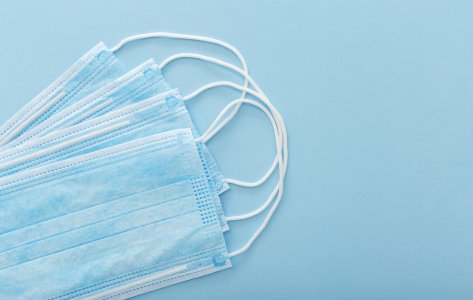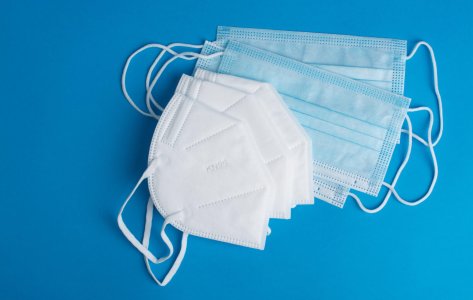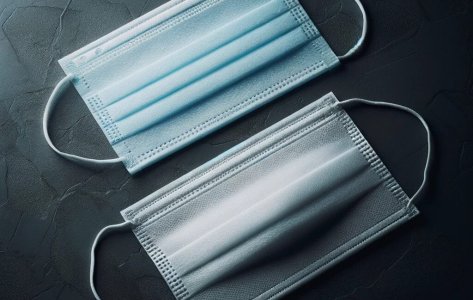- Swiss testing laboratory
EN 12353

Hassle-free testing experience
Need to get a product tested? No worries! To and fro logistics are on us; we collect your products, test them and, deliver them back to you.
Related tests for you
Quick understanding of the test
EN 12353 - Method for Preservation of Test Organisms Used for the Determination of Bactericidal, Mycobactericidal, Sporicidal, Fungicidal, and Virucidal Activity
Application
- Escherichia coli
- Pseudomonas aeruginosa
- Test organisms are prepared through cultivation, standardized, and preserved using techniques like cryopreservation or freeze-drying.
- Their viability is evaluated before use to ensure they meet the required concentrations.
- Quality control procedures are implemented to confirm consistency and integrity for accurate antimicrobial efficacy testing.
- Ensures that the microorganisms used in efficacy tests are maintained in a consistent state. This consistency is vital for reliable and reproducible results.
- The standard allows for the effective benchmarking of antimicrobial products under standardized conditions.
Do you have a product that needs testing?
Abstract
EN 12353 is a European standard describing preservation conditions for the test organisms used for examining the biocidal efficacy of chemical disinfectants and antiseptics. Preserved test organisms play a significant role in determining the bactericidal, mycobactericidal, sporicidal, fungicidal, and virucidal efficiency of disinfectants and antiseptics. This standard enables to retain the viability and homogeneity of microorganisms throughout the testing process. This standard applies to laboratories and producers of chemical disinfectants for reliable results.
Conditions for preserving test organisms
The conditions for preserving test organisms are:-
- Temperature Control: The cultures should be kept at specified temperatures generally between -20°C to 8°C depending on the type and shelf life of the microorganism.
- Environmental Factors: Humidity, light exposure, and atmospheric pressure are monitored while preserving to ensure that no environmental factor compromises the integrity of the microorganisms.
- Storage Time: This standard provides recommendations for storage times needed to preserve the viability of microorganisms without deterioration in their characteristics, which are to be tested.
- Subculture Limits: The numbers of allowable subcultures are limited to avoid the risk of genetic drift or physiological variations among the organisms.
EN 12353: Requirements for preserving test organisms
The requirements for preserving test organisms are:
- Defined Microbial Strains: It is necessary to utilize well-characterized microbial strains to compare different tests. Reference strains such as Escherichia coli, Pseudomonas aeruginosa, or Staphylococcus aureus are typically used in these assessments.
- Documentation and Traceability: The laboratories must keep records of the sources, handling, and preservation of test organisms. This way, accountability and reproducibility of results are assured.
- Use of Accredited Methods: Preparation, storage, and use of microorganisms should be done according to international standards to meet GLP/ISO 17025.
- Validation of Preservation Techniques: All storage methods must be validated to ensure that they preserve the properties of microorganisms and do not compromise the efficacy testing.
EN 12353: Methodology for preserving test organisms
It includes:
- Microorganism Preparation The test microorganisms are usually grown in favorable conditions for growth, harvested, and then suspended in a nutrient medium.
- Preservative Process: The organisms are preserved either by freezing, lyophilization, or some specialized cryoprotectants keeping them viable.
- Storage and Monitoring: The microorganisms are monitored at intervals for contamination, viability, and consistency during storage.
- Testing: Before their application in disinfectant efficacy tests, the organisms are tested for conformity to expected viability rates and performance characteristics.
Importance of EN 12353
- Consistency in Testing: Ensures that the test organisms used for the test are stable and uniform so that different experiments do not vary too much.
- Accurate Product Validation: Provides a reliable indication of the effectiveness of the disinfectants against bacteria, fungi, viruses, and spores.
- Compliance with the regulators of Europe: This means that it must fulfill all the compliance needed to get approval under the European standards, such as BPR- Biocidal Products Regulation.
- Quality Assurance: Ensures maintaining standards during the development process and validation of disinfectants to ensure consumers’ confidence about effectiveness.
- Prevents health risks: Helps to validate the products accurately, making sure that only effective biocidal solutions reach the market, thus reducing the possibilities of potential health risks.
Advantages of EN 12353 Standard
- Standardized Testing Conditions: This standard provides a standardized testing approach that ensures comparability and consistency between laboratories.
- Improved Reliability: The stored organisms retain their viability and integrity, thus allowing effective testing of biocidal preparations.
- Regulations: Compliance with this standard ensures that manufacturers will meet the regulatory aspects, making market penetration easier.
- Cost-effective Validation: Results from the framework are usually accurate the first time, thus saving manufacturers the cost of having to undergo re-tests.
Conclusion
For the manufacturers to make effective disinfectants and biocidal products, they must conform to this standard since it ensures that the test organisms are viable, consistent, representative and that results from efficacy tests are reliable. Laboratories following this standard have an edge of high reliability and standards compliance, hence saving on the time and cost involved in validating products.
At Microbe Investigations Switzerland (MIS), we offer specialized testing services compliant with standards. Our state-of-the-art facilities and expert team ensure reliable and accurate results, helping you meet industry standards. Contact MIS today to learn how our testing expertise can help authenticate your products’ safety and compliance with regulatory requirements.
Frequently Asked Questions

DR. Martinoz Scholtz
It is a European standard for preserving and validating microorganisms to be applied in determining the bactericidal, mycobactericidal, sporicidal, fungicidal, and virucidal efficacy of biocidal products.
This standard provides guidelines for preserving microorganisms which are used in a laboratory to determine the efficacy of antimicrobial products.
Not Applicable
Meet the best of the blend of
R&D, Efficacy Testing,
Innovation and Passionate
Experts at MIS.
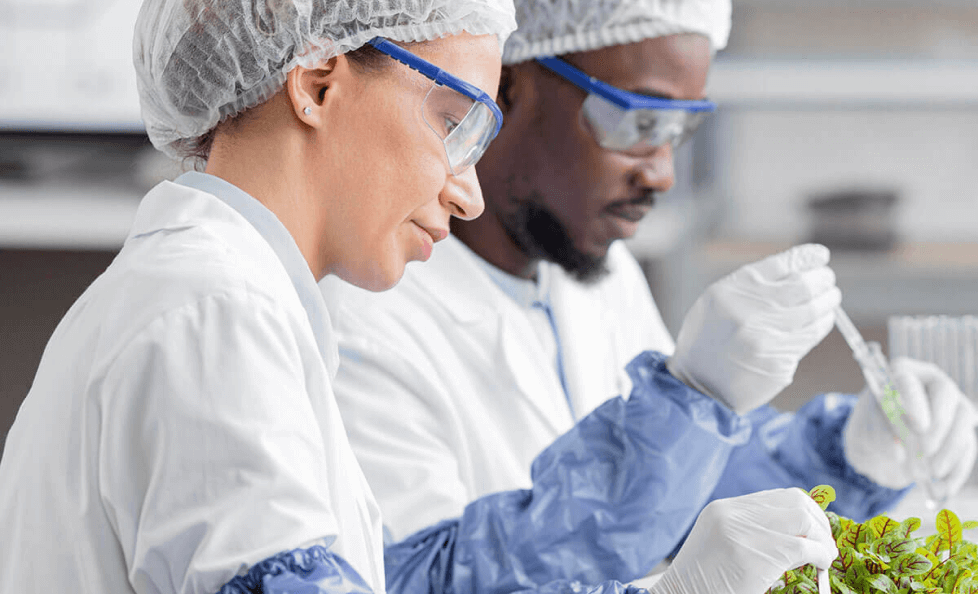
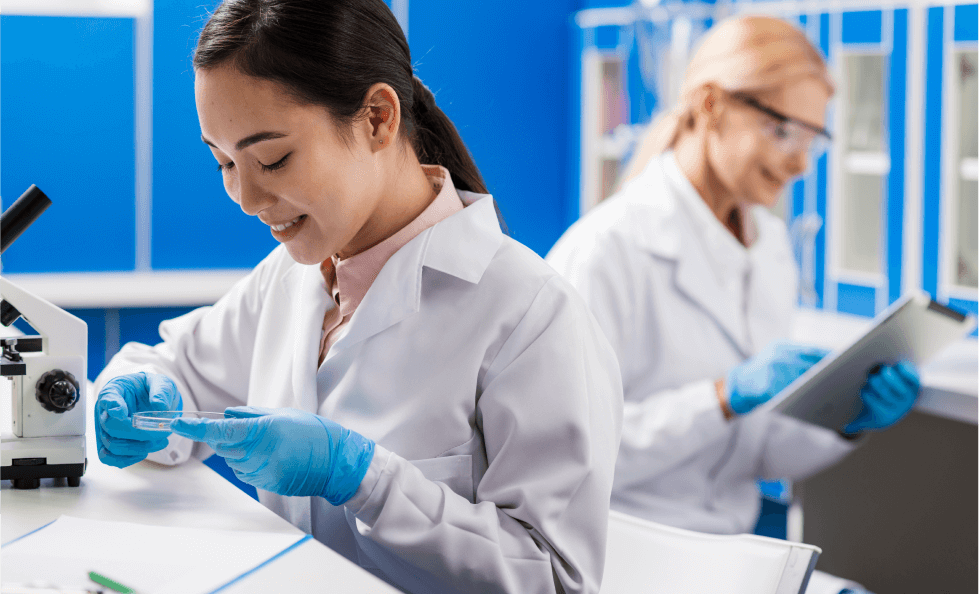
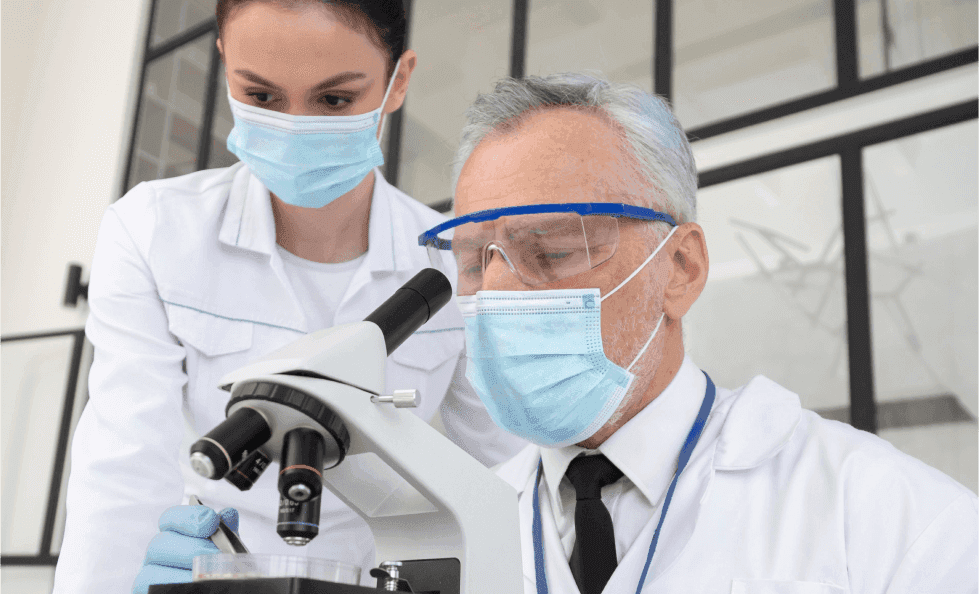
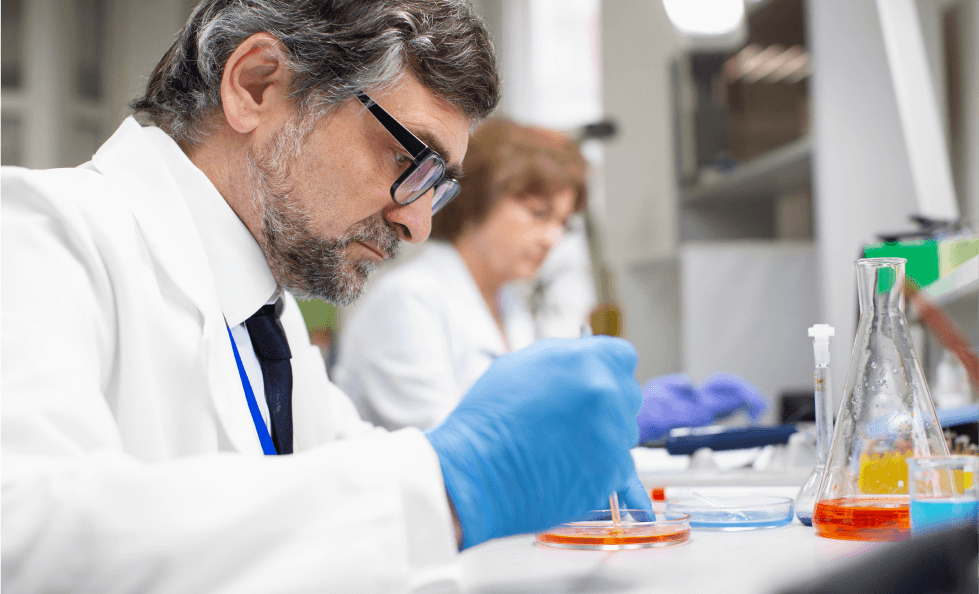
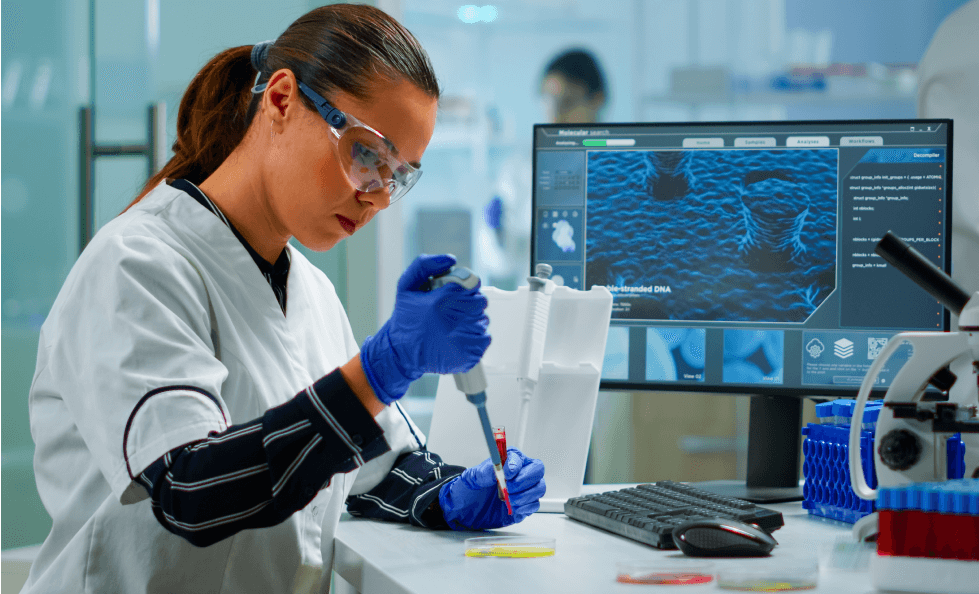
Explore More
Face masks are incorporated into
Face masks prevent airborne contamination,
Face masks coated with antibacterial
